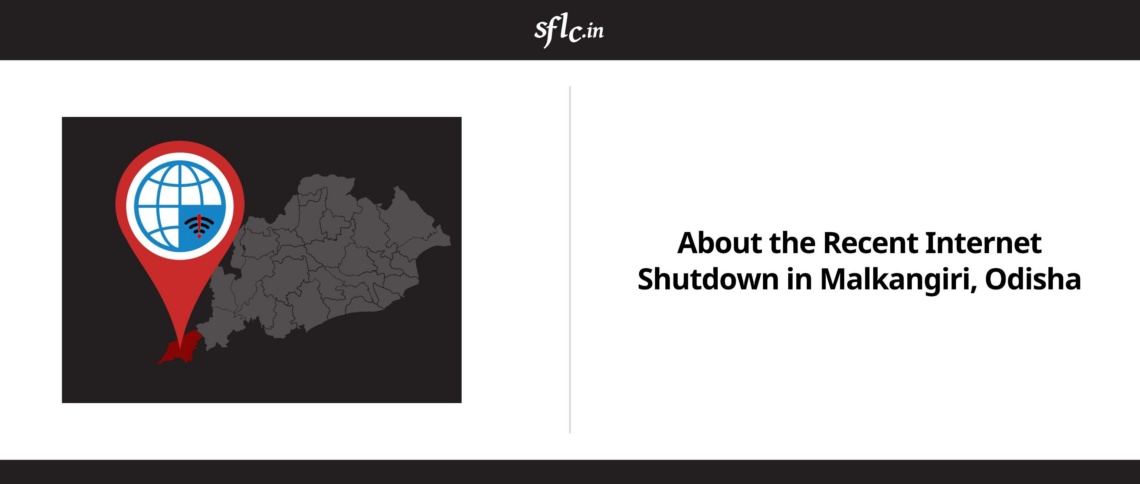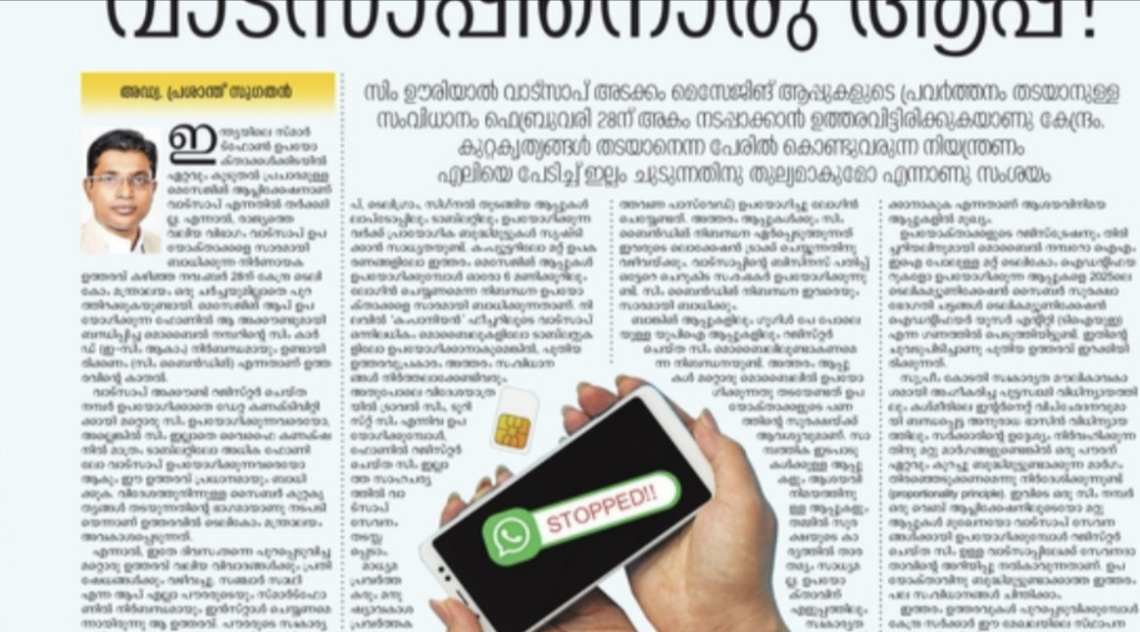The recent arrest of a writer in Karnataka over alleged Facebook posts making sexist and derogatory comments about a social activist on Facebook, has once again fuelled the long running debate over the requirement and reasons of insertion of section 66A.
Bharat Gyan Vigyan Samiti(BGVS) is an NGO that strives to empower people by spreading scientific knowledge. N Prabha, who is a secretary at BGVS, had posted a scientific research paper on Facebook hoping it would lead to a healthy and meaningful dialogue. A few sections of the research paper questioned Hindu vedic rituals and ‘Satana Dharma'(eternal religion).This apparently angered V R Bhat, a daily columnist in Bangalore, who posted comments allegedly stating that “people like her should be caught by their hair, their faces burnt and raped.” What followed was protests in all of Karnataka, staged by BGVS units who demanded Bhat’s immediate arrest. According to newspaper reports, volunteers from BGVS also approached chief minister Siddaramaiah and submitted a memorandum demanding the arrest of V R Bhat for making derogatory remarks against Prabha. Consequently, Bhat was arrested by the Karnataka Police and now faces charges for sexual harassment, abetment, criminal intimidation, and causing intentional insult while knowing that it will lead to breach of peace, under the Indian Penal Code(IPC) as well as Section 66A of the IT Act (sending messages that may be offensive/ menacing/ annoying/ inconvenient/ dangerous/ obstructive/ insulting/ injurious/ criminally intimidating/likely to cause enmity, hatred or ill will/deceptive/misleading) What’s more, the Karnataka Police also plans to book him under the Goonda Act, owing to numerous complaints made against him. As per newspaper reports, Prabha in her statement to the police said that even a threat of rape is a crime against women. The police told the media that the provisions under the IT Act will attract immediate arrest of an offender.
While Bhat’s comment probably deserves all the condemnation it received, given the sexist and intimidating language of the Internet post used against the lady secretary at BGVS, it is imperative not to overlook the consequences of misinterpretation of S. 66A and its unwarranted implementation so far. The ambiguous words used in Section 66A is the greatest challenge with words such as “offensive/ menacing/ annoying/ inconvenient/ dangerous/obstructive/insulting/injurious/criminally intimidating/likely to cause enmity, hatred or ill will/deceptive/misleading”being open to interpretation by the law enforcement authorities. A vaguely worded law is subject to wide and inconsistent interpretations by the executive and the judiciary, given our diverse and multi-cultural society, thereby causing social and perhaps legal imbalance.
The ambiguity of the provision has resulted in its abuse an umpteen number of times. More often than not it is seen that whenever a complaint for an offence is made before police authorities, and as long as it relates to the digital domain, provisions from the IPC are clubbed with Section 66A. This could be attributed to the wide -worded language of 66A which fails to set definite standards for its application and the attempt to cast a wide net so that the accused is held guilty of one offence or the other. In the present case too, the columnist has been charged for ‘criminal intimidation’ and ‘insult’ twice, i.e. once under the IPC and then under 66A. This is the problem with 66A whose existence seems redundant in the presence of already existing laws under the Indian Penal Code. Sometimes, in cases where an accused is charged with an offence that is non-cognizable under the IPC, police authorities use 66A, which is a cognizable offence, to effect immediate arrests.
When the Information Technology Act was amended in 2008, the then Union Minister for Communications and Information Technology emphasised the need for protection of women online and said that the introduction of Section 66A was directed towards achieving this goal amongst others. However, in implementation this has not quite been the case, and the adverse impact Section 66A has had on free speech is widely acknowledged. The wide spread arrests under this provision have raised havoc as far as the digital domain is concerned.
Supporters of Section 66A argue that the Indian Penal Code is incapable of addressing crimes committed online considering the variety of crimes that are likely to take place on the Internet given its wide scope. However it must be noted that the various terms used under Section 66A are already dealt with under the IPC and as a result, their inclusion under Section 66A becomes redundant. Further, offences that might not attract a heavy punishment under the IPC become grave and cognizable offences under Section 66A. For instance, offences such as criminal intimidation which is a non-cognizable offence under the IPC, becomes cognizable under Section 66A. However, as has been observed in the present case, in implementation Section 66A is used by police authorities even though there might be other statutory provisions already in place to deal with the issues. This could be attributed to the reason mentioned earlier that 66A tends to be used by authorities for effecting immediate arrests. In the present case the columnist has been charged with criminal intimidation, insult, sexual harassment under the IPC, then one wonders about the necessity of also charging him under Section 66A. The comment made by the police inspector about the use of 66A highlights this provision’s susceptibility to wanton abuse. While comments made by the authorities such as this one sound as preposterous as the provision itself, they speak volumes about the mind frame within which the authorities of our country function. The present case depicts the problem of misogyny, which cannot be treated with a provision like Section 66A, but requires an overhaul in the mindset of our society.


